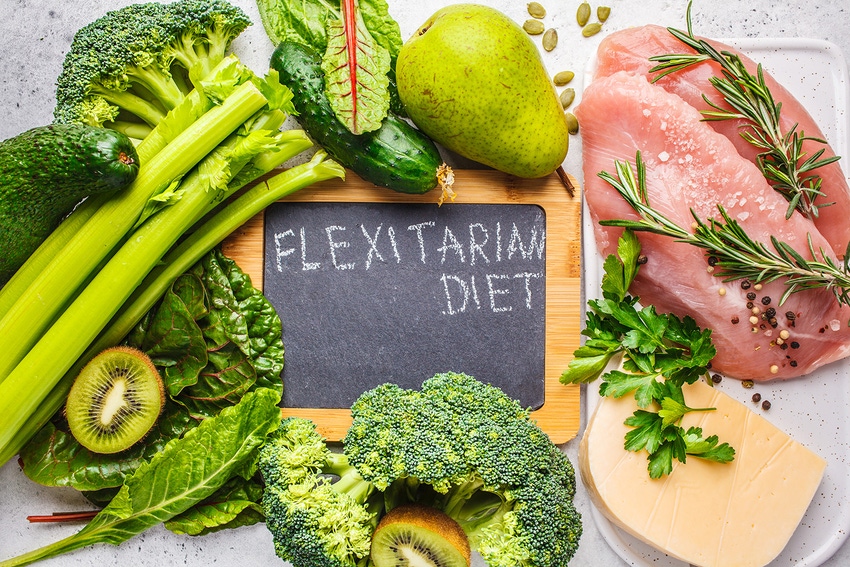What is a flexitarian and should the meat industry be concerned?
Almost all meat alternative buyers (98%) also purchase meat, and they do so more than the average meat buyer ($486 versus $478 per year).

The term flexitarian, first coined in the early 1990s, has been getting some buzz lately as more millennials are now identifying themselves as one. For those of you, like myself, who do not regularly include the jargon in your daily dialogue, a flexitarian is a person who consumes mainly vegetarian food but occasionally eats meat or fish.
According to a 2017 North American Meat Institute and Rabobank study, 24% of millennials say they aim to eat more meatless meals or eat meat alternatives. So, should we be worried about this new dietary movement stealing our meat industry’s thunder?
According to Dallas Hockman, vice president of Industry Relations for the National Pork Producers Council, no, flexitarians will not be the demise of the protein industry. In fact, they lend support to all proteins.
“Overall plant-based protein is expanding the protein market,” Hockman says. “That’s a good thing for us overall; if people feel positive about protein.”
During the 29th annual Carthage Veterinary Service Swine Conference this week, Hockman shared data from the Nielsen company about buying habits and consumption for flexitarians. Almost all meat alternative buyers (98%) also purchase meat, and they do so more than the average meat buyer ($486 versus $478 per year). Less than a third (27%) of meat alternative purchasers buy meat alternative products five or more times a year.
As Hockman points out, for the food service and retail industry adopting these meat alternatives, it’s not about providing another option to meat, but providing all options of protein to meet consumer needs. That’s why chains such as Burger King are now offering the Impossible Burger, an alternative burger made out of wheat and potato proteins, canola oil and leghemoglobin, nationwide.
“It’s a way for them to get into this and compete — with families who have a daughter or a son that has moved away from meat consumption, now they can bring the whole family back to Burger King to eat,” Hockman says.
Finally, when it comes down to price, meat wins. Chicken, pork and turkey cost the least per gram, at 2 cents, well below the meat alternative competition at 10 cents.
While we don’t need to be afraid of the flexitarian movement, Hockman says the NPPC is concerned as more of these products are trying to mimic meat products in taste and appearance, but the real threat comes from their marketing claims on health, nutrition and sustainability. Labeling needs to be accurate and these products should follow the same federal inspection and approval process as real meat products.
“We can’t stop these products from hitting the shelves, but we must fight for a level playing field and full disclosure,” Hockman says.
About the Author(s)
You May Also Like





